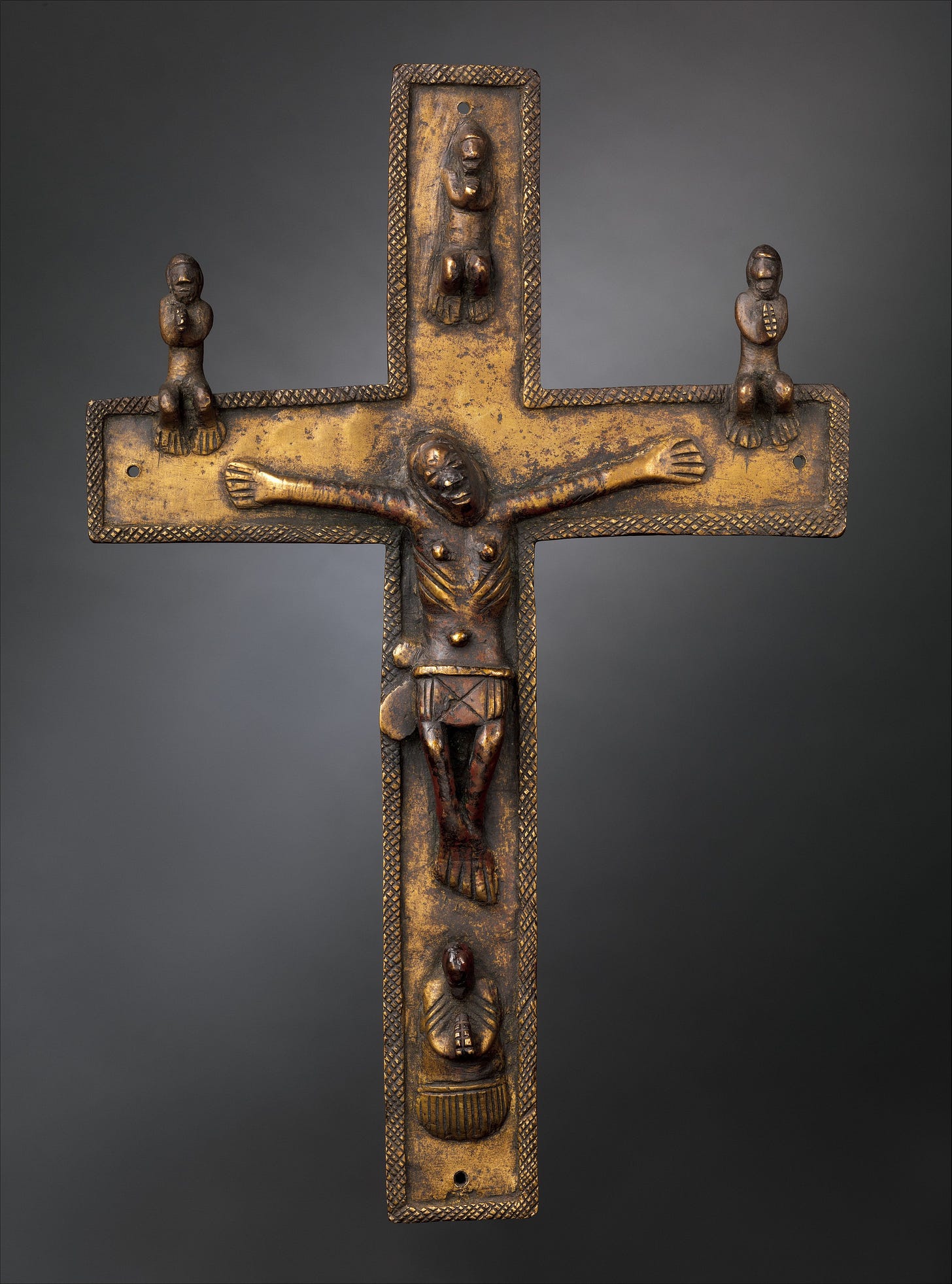Review of Thornton's "The Kongolese Saint Anthony." (1998)
John K. Thornton, The Kongolese Saint Anthony: Dona Beatriz Kimpa Vita and the Antonian Movement, 1684-1706 (Cambridge, UK: Cambridge University Press, 1998), pgs. 228.

I have always had a soft-spot for microhistory. The deeply messy and personal stories that take seriously the history of a single person or place has played an important role in my own work as a historian. John Thornton, a historian of Africa and particularly of the Kingdom of Kongo, wrote a captivating story The Kongolese Saint Anthony (1998), of one young woman named Dona Beatriz and the process of her founding a movement based on her declaration that she was possessed by Saint Anthony, one of the patron Saints of the Kongo people. Importantly, Thornton not only takes seriously the task of reconstructing her story, but also in placing it in the context of a larger and rapidly interconnecting Atlantic world.
The events of this book occur at the start of the 18th century in Kongo, an African kingdom that had converted to Christianity en-mass after the arrival of the Portuguese. Thornton is clear in noting that the Kongo people were dedicated Catholics, though they did mix older traditions in. However, these older traditions were not seen as perverting the Catholic faith, but rather as within the realm of Catholic belief. This included beliefs in an other side, or spirit world that surrounded the human world that was different from the heaven/hell dichotomy of most of Christianity. Kongo people argued that this spirit world connected with and influenced daily life. However, they did not see this as incompatible with Catholic teachings. Though the kingdom was divided into warring factions, the people of Kongo were emphatically proud of their Catholicness.
This context is essential in understanding Dona Beatriz. A young woman who worked as a nganga marinda (a type of spiritual medium), during the midst of a crisis, she declared that she had become possessed by Saint Anthony and began to create a movement dedicated to restoring the peace and harmony of Kongo under one king. In particular, she emphasized the need to remove selfishness and also the anger of God with the Kongo people. Importantly, she rewrote history to state that Jesus Christ and the Virgin Mary were actually from the Kongo.1
Thornton traces the contest of wills between King Pedro, Dona Beatriz, and the Capuchin (Catholic) European missionaries in a way that leaves doors open for multiple interpretations for motivations. I appreciate this as one who believes that religion plays a far greater factor in people’s lives. What was fascinating about this essay was the impact of Dona Beatriz after her death at the stake (something that was driven by both European and Kongo peoples), was how her followers became drawn into the Civil War raging in the kingdom and ultimately were captured and shipped off to the slave ports. Over the next decade, her followers were sent across the Atlantic world, where some came to Haiti and South Carolina. This shocked me as I had never before considered that the Kongo people were primarily Catholic. Thus aspects of the Stono Rebellion and perhaps even the Haitian Revolution came from Catholic rebels.
Overall, this book was fascinating and complex. Though the author could have been more critical of European involvement, I found his balance the right amount. Agency on both sides was preserved in the narrative. It also captured how small groups or people could have outsized impacts on the Atlantic world.
Robert Swanson
As a Latter-day Saint who believes in a spirit world, her story is not necessarily the effects of lying or derangement. That being said, I do not think that practices that seek to manipulate the spirit world ever go in favor of the mortal and are not divine.



